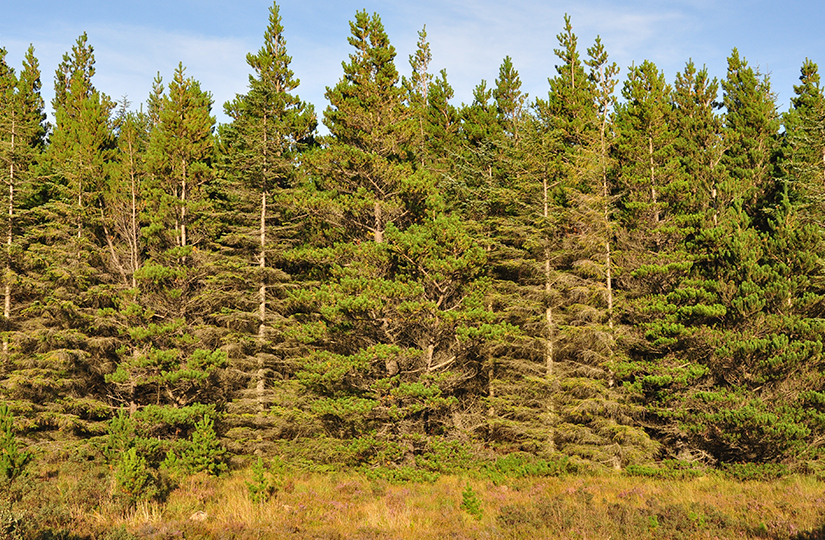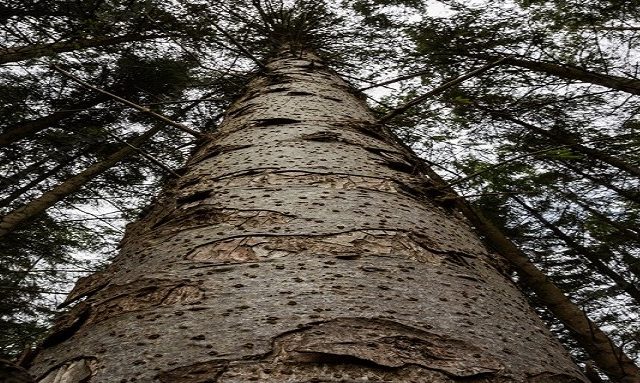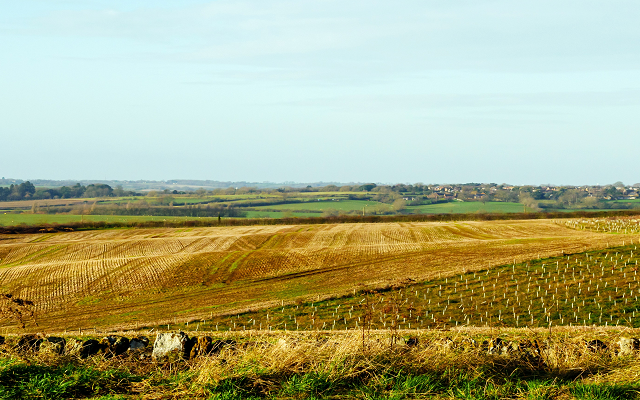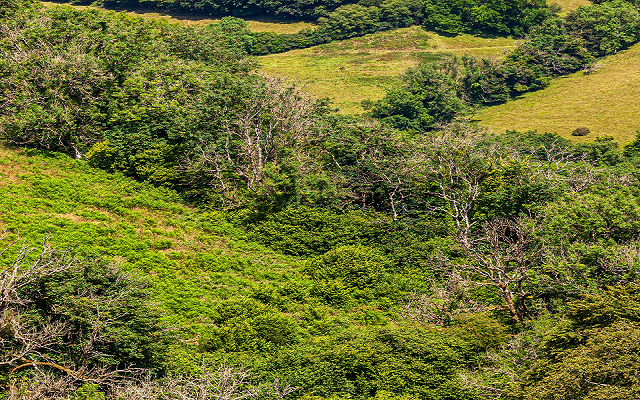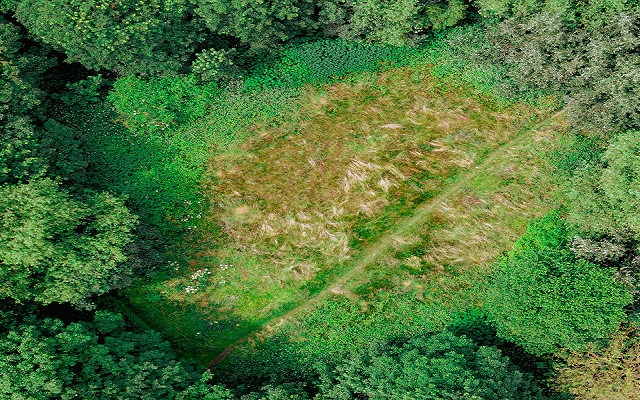Forestry sector counts the cost of Storm Arwen
Forest plantations across the UK have experienced significant damage due to Storm Arwen, which struck overnight on 26 November.
Early indications are that in Scotland it is forests on the eastern side of the country which have been most impacted. While there have been reports of damage in Dumfries and Galloway and Perth and Argyll, it is the Grampian and the Scottish Borders areas which look to have been worst affected.
In most areas, there looks to have been sizeable pockets of windblow, while in some of the worst affected areas, whole compartments or multiple compartments of trees may have blown over.
Scottish Forestry (SF) is currently working to try and obtain satellite imagery in order to better inform its estimates of the damage on a regional basis.
The Scottish Windblow Action Committee (SWAC) will be instigated if a catastrophic windblow event is confirmed. The definition of this involves the loss of 1-1.5 million cubic metres of timber in one or more timber marketing zones. However, at this point there is not enough credible information available to be able to predict the full extent of damage.
Nevertheless, SF does expect an increase in felling permission applications and long term forest plan / land management plan amendments as land holders gear up to begin clearing up after Storm Arwen.
England
Forestry England is also reporting that there has been significant damage in the north of England, particularly in Northumberland, County Durham, Lancashire, and Cumbria.
Its priority is making woodland safe, but after that a major clear up operation will begin and a full assessment of the damage made. This is likely to take several months.
Insurance claims
Not all of the affected forests will be insured, but where they are the following practical steps will need to be followed over the coming weeks:
1. Visually check the areas of damage and if there is damage report that to your woodland insurance broker;
2. Review your woodland insurance policy to understand the extent of cover provided;
3. Request your forest manager to assess, measure and depending on the severity of the damage to map it;
4. There may be a requirement to complete management felling to ensure that the forest has a wind firm edge to ensure that there is reduced likelihood of additional wind blow later on;
5. Carry out an assessment of the need to provide access to the windblown area which depending on the extent of the windblow may require the building of a road to access it.
6. Once an assessment of the extent of the damage inform insurers of the potential claim;
7. Insurers will expect a loss adjuster to visit the property to assess the extent and confirm the area of damage;
8. Once the loss adjuster has reported back to the insurer the claim should be paid relatively quickly.
There are many different scenarios that do not fit into the above practical steps, and so it is worth speaking with people who have had practical experience in dealing with windblow and related insurance claims.
It will be critical to understand what your insurance policy states and to think about cash flow considerations within the context of the policy.
It is also worth noting that even if a crop is 100% blown, felling permission will still be required in Scotland as a result of the Felling (Scotland) Regulations 2019 which came into force 1 April 2019.
Finally, it is important to get professional forestry advice before clearing and selling any windblow as some species need to be cleared and sold quicker (Pine) whilst others will sit at stump longer without degrading (Spruce).
